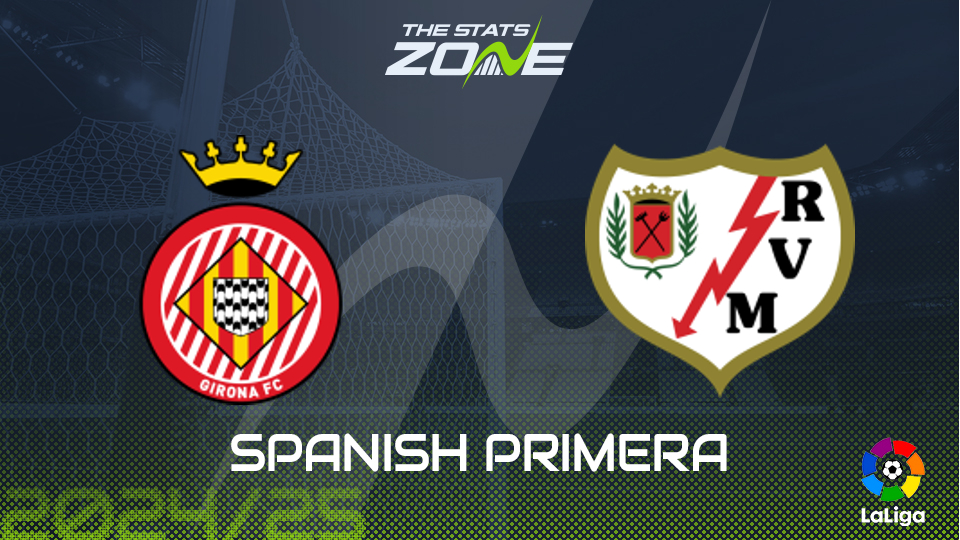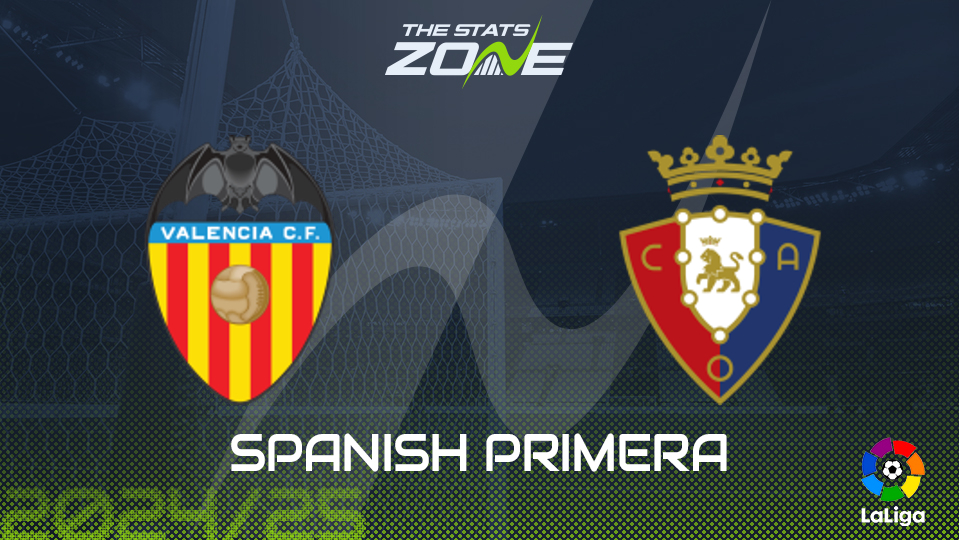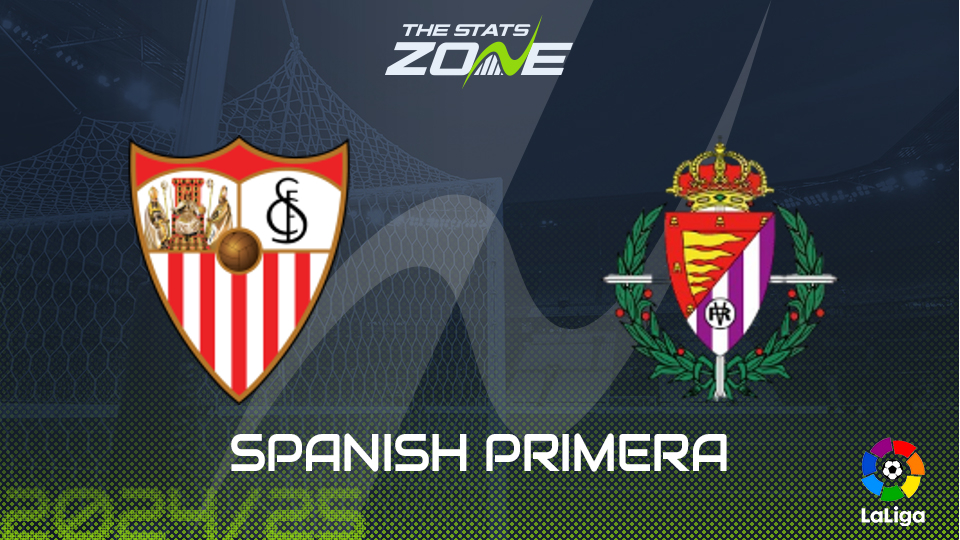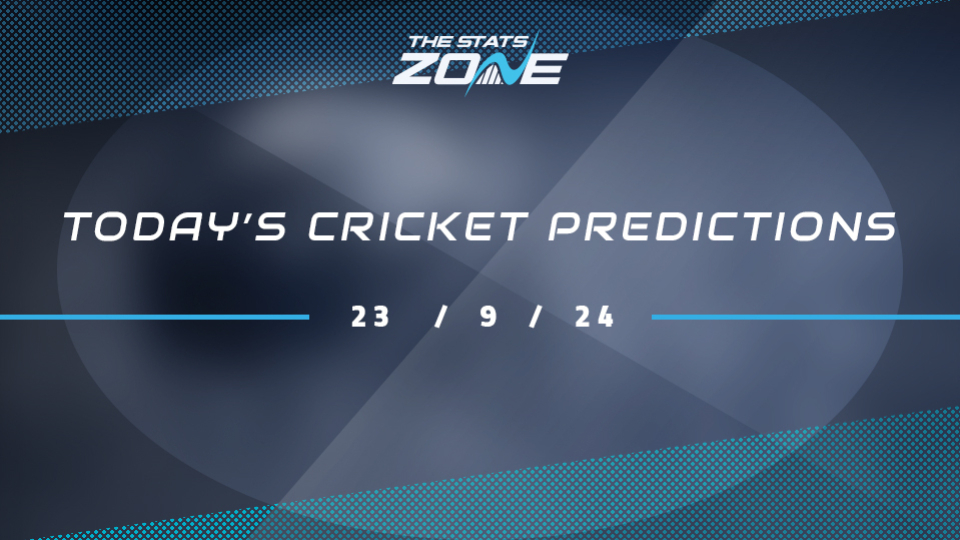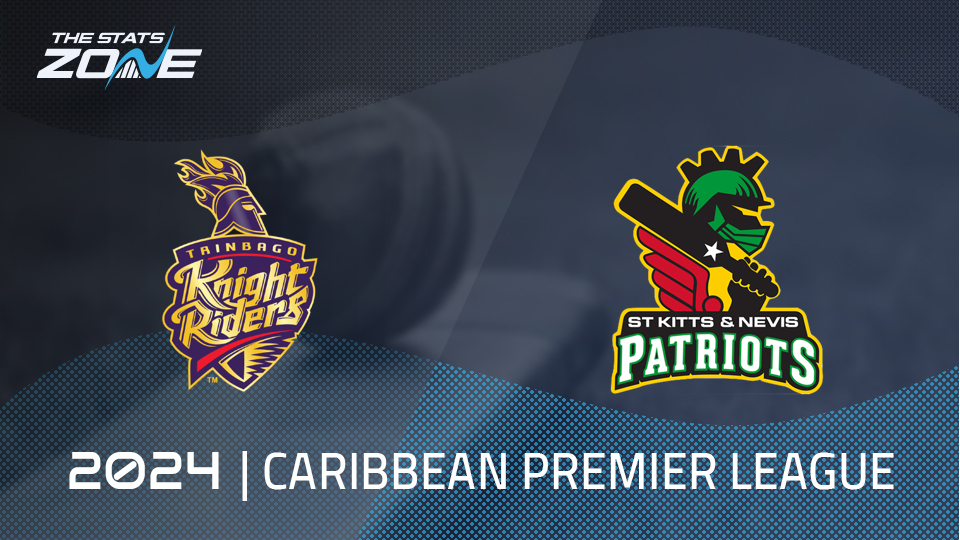Federer, Nadal or Djokovic: how should we decide who is the best of the 'Big Three'?

Following on from a discussion as to which of the ‘Big Three’ was the most dominant at their peak, there comes a wider question. How do we decide, if ever, which player is the best of Roger Federer, Rafael Nadal and Novak Djokovic?
First and foremost, the ‘Big Three’ could not have existed in their form today if they were in any way similar. From the earliest days of their careers, their motivation growing up, their backgrounds, their coaching and everything in between, Federer, Nadal and Djokovic represent three totally different blueprints for any young player to follow. To avoid embarking on three separate biographies here (no global pandemic is that long), we shall steer clear of that wider context. However, it is important to note that a sport like tennis demands character from its best players, arguably more than any other individual sport, and you cannot put a number on character. Otherwise, let’s take a look at their numbers.

With all three players still on tour, there will be caveats abound throughout this piece. Firstly, of course, Roger Federer is five and six years older than 33-year old Rafael Nadal and 32-year-old Djokovic, and has therefore played over 300 more matches than the pair. This can be seen in the overall win percentages (including all tour-level ATP matches, Olympic matches, the Davis Cup and Laver Cup) of the three. While Federer is still at the top of the game, he is far from the top of his. It barely shows, though, in his 82% career win percentage – just one short of Djokovic and Nadal who are both around the 83% mark. Five years more experience on court has made a negligible change to his overall percentage but he has also reduced his calendar year-on-year – something we have seen Nadal begin to do more recently. Federer is forever setting the benchmark of when it is possible to continue as an elite tennis player and his fitness, and therefore longevity, could be the key to setting potentially insurmountable records in both matches played and titles won. For a player whose silky shot-making completely revolutionised how a generation watch and play tennis, it is actually the science of the man, and not the skill, that could keep his name at the top.
GRAND SLAM TITLES
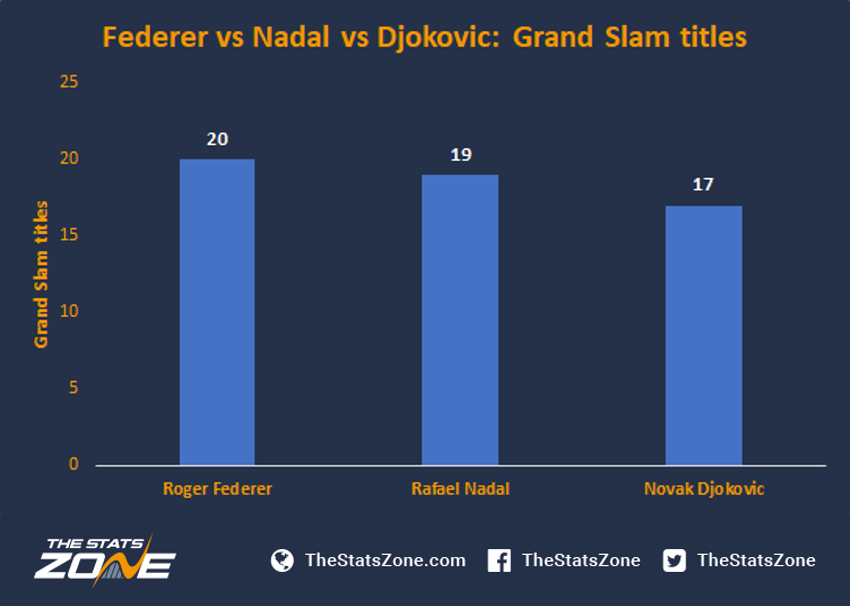
Both Nadal and Djokovic have perfectly reasoned responses to Federer’s numbers, however. In terms of Grand Slams won, Rafael Nadal is just one away from the Swiss with 19 to Federer’s 20, and it is largely accepted that the Spaniard can surpass that total before he likely retires well before 38 years old. Federer’s last Grand Slam win came at the 2018 Australian Open at 36 and, if we use that as a benchmark, Nadal has at least three more Roland-Garros titles available to him, not to mention the other majors. His most recent title was the US Open, of course. Djokovic is two behind Nadal with 17 but, as discussed in the previous article, the Serb is almost certainly the man with the most remaining opportunities to set the Grand Slam titles record.
OTHER TITLES
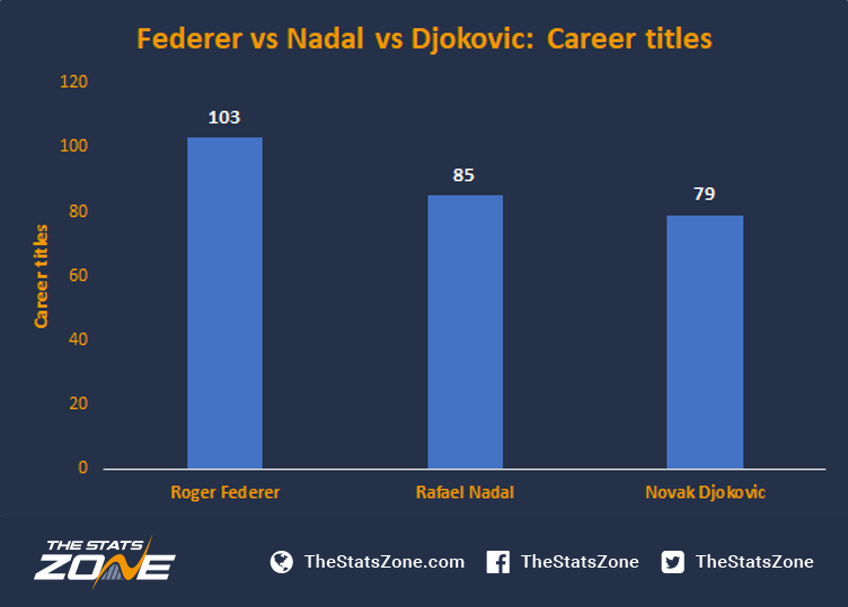
In terms of tour records, things become a little more complicated. Novak Djokovic is the only man to win all nine ATP Masters 1000 events in the open era. These are: the Miami Masters, Rogers Cup, Indian Wells, Rome Masters, Paris Masters, Madrid Masters, Shanghai Masters, Monte Carlo Masters and Cincinnati Masters. The Serb has also won the year-end ATP Finals five times and this year helped Serbia to the inaugural ATP Cup title in a widely successful tournament that looks set to become a big part of the tour in years to come. His five ATP Finals are bested only by Roger Federer, who currently holds the record at six. The Swiss also holds vastly more ATP 500 and 250 titles than both Djokovic and Nadal, although this is symptomatic of his age as the now over-saturated tour means top players these days tend to miss out some of the smaller tournaments on the calendar. Rafael Nadal holds the most Masters titles with 35, one more than Djokovic at this stage, but has remarkably never won the ATP Finals.
However, internationally Rafael Nadal can claim some real heft back as the only member of the three to have won an Olympic gold medal – for Spain at the Beijing Olympic Games in 2008. He has also won the Davis Cup finals with his country five times out of their total six titles. Of course, Nadal holds an advantage there as the spearhead of an incredibly talented generation of Spanish players but Federer and Djokovic can boast just one Davis Cup win each for Switzerland and Serbia – both of which are their countries’ only championships.
SURFACE RECORDS

Nadal’s clear preference for the clay courts has helped him accrue that total of 35 ATP Masters 1000 events with 25 of those coming on his best surface – 11 of them at Monte Carlo and nine in Rome. This goes a long way to explaining why Federer has yet to win either of these events, to the point that in recent years he has chosen not to attend them. Nadal’s penchant for the red surface is legendary, with 58 of his total 85 titles giving him the undisputed crown of “Greatest Of All Time On Clay” which is, admittedly, less catchy than the coveted ‘GOAT’. The Spaniard has a truly unbelievable 92% win percentage on clay for his entire career to date. To lose just 8% of your matches played on an entire swing of the season (in the main between April and May) after a 19-year professional career is surely insurmountable.
The ‘Big Three’s surface records really stand them apart but, aside from Nadal’s clear superiority on clay, it is often too easy to separate them in this way. In terms of Grand Slam records, yes, Roger Federer is the most successful on grass and Rafael Nadal, of course, is way out in front on clay, but to say Novak Djokovic is the master of the hard surface would be a simultaneous bias for and against him. While he owns the best overall win percentage on hard courts (84%), the tour is largely dominated by the surface, not least because it is the cheapest to maintain. In the same way, grass is seriously under-represented with just a few satellite tournaments to Wimbledon and no Masters 1000 event.
Nothing should be taken away from Federer’s 87% career win percentage on grass, including an incredible six years (2003-06 and 2009) in which he did not lose a match on the surface, but the surplus of hard court tournaments makes this less representative. Especially between Federer and Djokovic. The pair both have 11 hard court Grand Slams when combining their Australian Open and US Open records and Federer’s career percentage on hard courts is just one behind Djokovic’s, much like their overall career percentage. It is therefore much harder to achieve a higher win percentage on hard courts due to their number, but also much easier to win a greater total of tournaments. In the same way, Djokovic has achieved four years of his own 100% records on grass, which is fairly likely if one wins Wimbledon that year with Queen’s Club and perhaps Halle the only two serious extras.
If you were desperate to separate the three on surfaces, though, you could look to their Grand Slam records. Novak Djokovic has won a record eight Australian Opens (hard), Nadal a record 12 French Opens (clay) and Federer a record eight Wimbledon titles on grass. With five, four and three US Opens apiece for Federer, Nadal and Djokovic respectively, it would be a rather romantic, neat conclusion to the ‘Big Three’ rivalry if they could each end up with five titles from Flushing Meadows to share a major. Notably, the three have not been able to dominate the US Open as totally as they have the other three slams, apart from at Federer’s peak in which he won all five of his titles from 2004-08. As the final major tournament of the year, with the ATP Finals not yet able to establish itself as the unofficial fifth, it has sometimes proved to be one too many for the elite with no real break in the ATP tour of any substance. This is evident in the amount of other top players to have won in New York during the ‘Big Three’s reign like Juan Martin del Potro, Andy Murray, Marin Cilic and Stan Wawrinka.
HEAD-TO-HEAD RECORDS

Perhaps, then, you must look to their head-to-head records against each other, although this too can be misleading. Matches between any of the ‘Big Three’ are almost always an instant classic, and can often come down to the better player on the day – with a whole host of outside factors to consider. It would be a fairer comparison, for example, if all three players were the same age, turned professional at the same time and had met each other on an equal spread of all three surfaces. However, for want of a fair deal in that particular data, there is only one winner here.
Novak Djokovic holds a positive win percentage over both Roger Federer (54%) and Rafael Nadal (53%). This can be explained in a multitude of fashions but a few more obvious reasons to discuss are his relative youth and his style of play. As the youngest of the three, Djokovic has been in his ‘prime’ for the longest amount of time whilst facing Federer and Nadal, especially against the Swiss, who had been playing professionally for almost 10 years by the time Djokovic claimed his first win against him in the 2007 Rogers Cup final. The Serb’s style of play is also, arguably, the best equipped to dismantle the games of the other two. The argument over style of play will be a matter of taste between tennis fans forever, there are some things that cannot be ranked, but Djokovic’s almost supernatural reactions and athleticism allows him to return more serves and keep more shots in play than any player we have seen. Simply and sweepingly put: Federer and Nadal beat their opponents, but Djokovic makes you have to beat him.
Elsewhere here, Rafael Nadal owns the largest percentage over another member of the ‘Big Three’ with his outstanding 24-16 record against Roger Federer. That 60% win percentage is nothing short of emphatic in the context of elite head-to-head records but a closer look does expose some of the issues with this method. 16 of the matches played between Federer and Nadal have come on clay, with the Spaniard winning 14 of them. Grass is 3-1 in favour of Roger Federer, and hard courts also lean towards the Swiss with an 11-9 aggregate score. The same goes for Djokovic versus Nadal as, while the Serb has beat Nadal seven times on clay, Nadal has claimed 17 of his 26 victories over Djokovic on his favoured surface. Like Federer, the current number one leads Nadal on the other two surfaces. Djokovic’s bragging rights are most apparent in his record against Federer. He leads the Swiss 3-1 on Federer’s supposed best surface, including a 3-0 record in Wimbledon finals. Djokovic also shades Federer on hard courts by 20-18, whilst the pair are level on four apiece wherever they have met each other on clay.
The important message to take away from this conversation is that all three of Roger Federer, Rafael Nadal and Novak Djokovic have different stakes to claim in the ‘GOAT’ debate, and none of them are finished. How should we decide who is the best of the three? Why should we? The ability of any one of them to beat the other is what has created this golden era for men's tennis and it should be celebrated for as long as possible. We should not trivialise the question, nor should we dismiss it. We should embrace it and debate it with passion and fervour for years to come and we should never fear getting it wrong. We should only fear the very real possibility that as tennis fans, as sport fans, we shall never have it so good.


